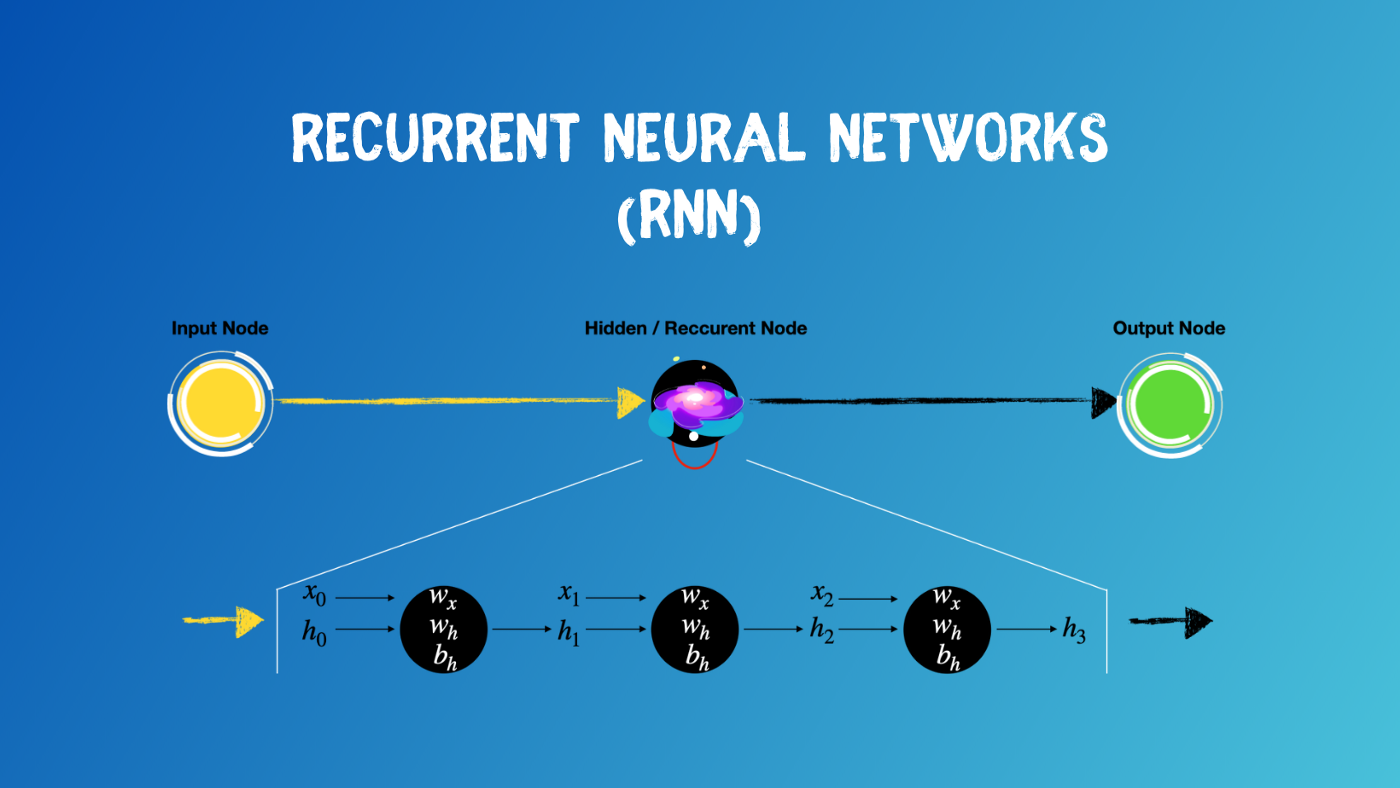
Yoshua Binggio, a Canadian computer scientist is known for his work on deep learning and artificial neural systems (ANNs). He is a professor at the Department of Computer Science and Operations Research at the Universite de Montreal and the scientific director of the Montreal Institute for Learning Algorithms. Bengio co-authored Deep Learning with Stephen Hawking.
Generic adversarial networks
GANs (generative adversarial network) are systems that generate their own training data. This feedback loop helps adversarial networks become more accurate and better discriminators. GANs are built by identifying the desired outcome. After establishing the training dataset, you input this into the generator until the model reaches basic accuracy. Figure 3 shows the process. This is the result of a training set of images.

generative neural networks
Yoshua Benjamingio is a well-known deep learning expert and author of the best-selling "Generative Neural Networks". His research focuses on the mathematical principles that underlie learning. His contributions extend across the field of machine-learning, including adversarial networks and generative model development as well as distributed representations and the optimization dilemma. Yoshua has made a significant contribution to the field of machine translation and deep learning.
Reinforcement learning
Yoshua is a Professor at the University of Montreal. He is also the cofounder of Element AI. Element AI is an AI company that aims to turn AI research into applications in real-world situations. His research focuses on the principles behind learning processes. He teaches machine-learning graduate classes, supervises postdocs and has published over 600 articles in leading scientific journals.
Machine learning
Yoshua Bengio is an expert on machine learning and a passionate advocate for artificial intelligence. His work in deep learning and artificial neural network design is well-known. He is currently a professor at the Department of Computer Science and Operations Research at the Universite de Montreal, and the scientific director of the Montreal Institute for Learning Algorithms. Bengio explains the fundamental concepts of machine-learning in his article.

Yoshua Bengio's early work
A mathematically-trained machine is the key to artificial intelligence's greatest achievements in the past ten years. Yoshua was born in France but raised in Quebec in Canada. He completed his B.Eng at McGill University. He holds a B.Eng. und a M.Sc. Degrees in computer science were earned in 1988 and 1991. McGill was where he studied neural networks and hidden Markov model, as well as discriminant learning algorithms. He was a collaborator at MIT with Yann LeCun and Larry Jackel who were both previously involved in machine learning.
FAQ
What is the status of the AI industry?
The AI industry is expanding at an incredible rate. There will be 50 billion internet-connected devices by 2020, it is estimated. This will allow us all to access AI technology on our laptops, tablets, phones, and smartphones.
This shift will require businesses to be adaptable in order to remain competitive. They risk losing customers to businesses that adapt.
It is up to you to decide what type of business model you would use in order take advantage of these potential opportunities. Would you create a platform where people could upload their data and connect it to other users? Perhaps you could offer services like voice recognition and image recognition.
No matter what you do, think about how your position could be compared to others. Although you might not always win, if you are smart and continue to innovate, you could win big!
AI: Good or bad?
AI can be viewed both positively and negatively. AI allows us do more things in a shorter time than ever before. It is no longer necessary to spend hours creating programs that do tasks like word processing or spreadsheets. Instead, we ask our computers for these functions.
Some people worry that AI will eventually replace humans. Many people believe that robots will become more intelligent than their creators. This may lead to them taking over certain jobs.
Who is leading the AI market today?
Artificial Intelligence (AI) is an area of computer science that focuses on creating intelligent machines capable of performing tasks normally requiring human intelligence, such as speech recognition, translation, visual perception, natural language processing, reasoning, planning, learning, and decision-making.
Today, there are many different types of artificial intelligence technologies, including machine learning, neural networks, expert systems, evolutionary computing, genetic algorithms, fuzzy logic, rule-based systems, case-based reasoning, knowledge representation and ontology engineering, and agent technology.
Much has been said about whether AI will ever be able to understand human thoughts. Recent advances in deep learning have allowed programs to be created that are capable of performing specific tasks.
Google's DeepMind unit in AI software development is today one of the top developers. Demis Hashibis, the former head at University College London's neuroscience department, established it in 2010. DeepMind invented AlphaGo in 2014. This program was designed to play Go against the top professional players.
What does AI look like today?
Artificial intelligence (AI), which is also known as natural language processing, artificial agents, neural networks, expert system, etc., is an umbrella term. It's also called smart machines.
Alan Turing wrote the first computer programs in 1950. His interest was in computers' ability to think. He suggested an artificial intelligence test in "Computing Machinery and Intelligence," his paper. The test seeks to determine if a computer programme can communicate with a human.
John McCarthy introduced artificial intelligence in 1956 and created the term "artificial Intelligence" through his article "Artificial Intelligence".
Today we have many different types of AI-based technologies. Some are very simple and easy to use. Others are more complex. These include voice recognition software and self-driving cars.
There are two main types of AI: rule-based AI and statistical AI. Rule-based uses logic for making decisions. To calculate a bank account balance, one could use rules such that if there are $10 or more, withdraw $5, and if not, deposit $1. Statistics are used to make decisions. To predict what might happen next, a weather forecast might examine historical data.
Is AI possible with any other technology?
Yes, but not yet. Many technologies have been developed to solve specific problems. All of them cannot match the speed or accuracy that AI offers.
What is the role of AI?
An algorithm is a sequence of instructions that instructs a computer to solve a problem. A sequence of steps can be used to express an algorithm. Each step must be executed according to a specific condition. Each instruction is executed sequentially by the computer until all conditions have been met. This repeats until the final outcome is reached.
Let's say, for instance, you want to find 5. One way to do this is to write down all numbers between 1 and 10 and calculate the square root of each number, then average them. However, this isn't practical. You can write the following formula instead:
sqrt(x) x^0.5
This will tell you to square the input then divide it twice and multiply it by 2.
This is how a computer works. It takes your input, squares and multiplies by 2 to get 0.5. Finally, it outputs the answer.
What is the most recent AI invention
Deep Learning is the newest AI invention. Deep learning is an artificial intelligence technique that uses neural networks (a type of machine learning) to perform tasks such as image recognition, speech recognition, language translation, and natural language processing. Google invented it in 2012.
Google recently used deep learning to create an algorithm that can write its code. This was done using a neural network called "Google Brain," which was trained on a massive amount of data from YouTube videos.
This allowed the system to learn how to write programs for itself.
In 2015, IBM announced that they had created a computer program capable of creating music. Another method of creating music is using neural networks. These are known as "neural networks for music" or NN-FM.
Statistics
- In 2019, AI adoption among large companies increased by 47% compared to 2018, according to the latest Artificial IntelligenceIndex report. (marsner.com)
- More than 70 percent of users claim they book trips on their phones, review travel tips, and research local landmarks and restaurants. (builtin.com)
- Additionally, keeping in mind the current crisis, the AI is designed in a manner where it reduces the carbon footprint by 20-40%. (analyticsinsight.net)
- The company's AI team trained an image recognition model to 85 percent accuracy using billions of public Instagram photos tagged with hashtags. (builtin.com)
- While all of it is still what seems like a far way off, the future of this technology presents a Catch-22, able to solve the world's problems and likely to power all the A.I. systems on earth, but also incredibly dangerous in the wrong hands. (forbes.com)
External Links
How To
How to set Google Home up
Google Home, an artificial intelligence powered digital assistant, can be used to answer questions and perform other tasks. It uses natural language processors and advanced algorithms to answer all your questions. You can search the internet, set timers, create reminders, and have them sent to your phone with Google Assistant.
Google Home is compatible with Android phones, iPhones and iPads. You can interact with your Google Account via your smartphone. Connecting an iPhone or iPad to Google Home over WiFi will allow you to take advantage features such as Apple Pay, Siri Shortcuts, third-party applications, and other Google Home features.
Google Home, like all Google products, comes with many useful features. Google Home will remember what you say and learn your routines. So, when you wake-up, you don’t have to repeat how to adjust your temperature or turn on your lights. Instead, just say "Hey Google", to tell it what task you'd like.
Follow these steps to set up Google Home:
-
Turn on Google Home.
-
Hold the Action button in your Google Home.
-
The Setup Wizard appears.
-
Select Continue.
-
Enter your email adress and password.
-
Select Sign In.
-
Your Google Home is now ready to be